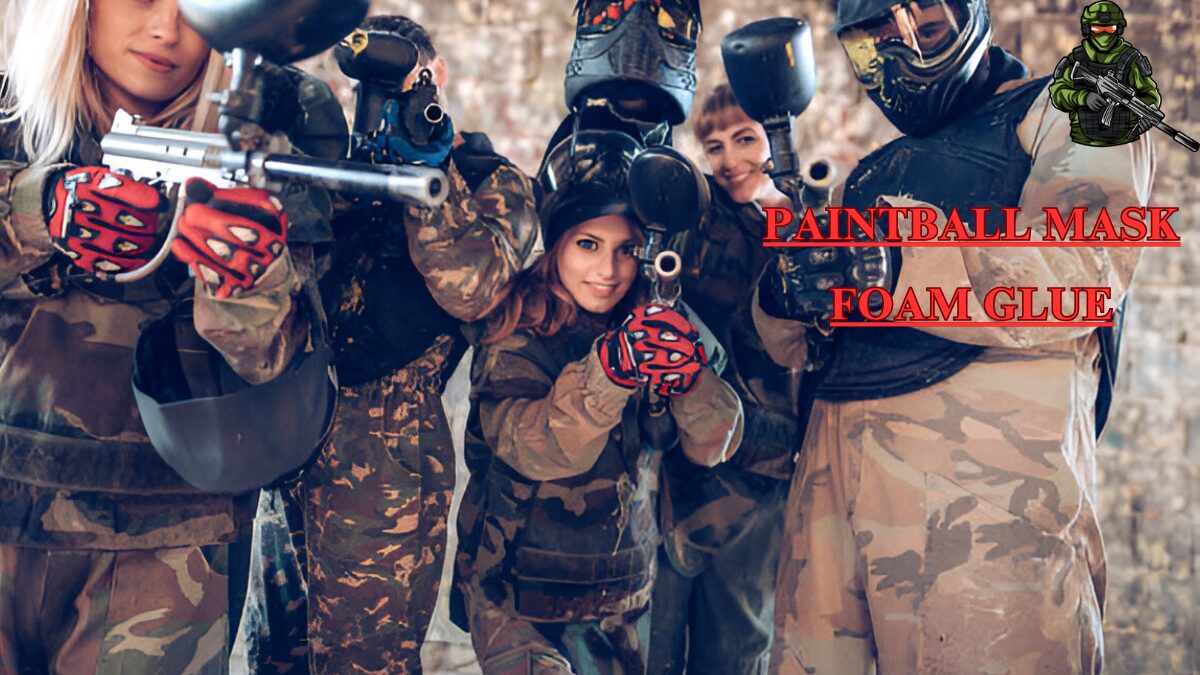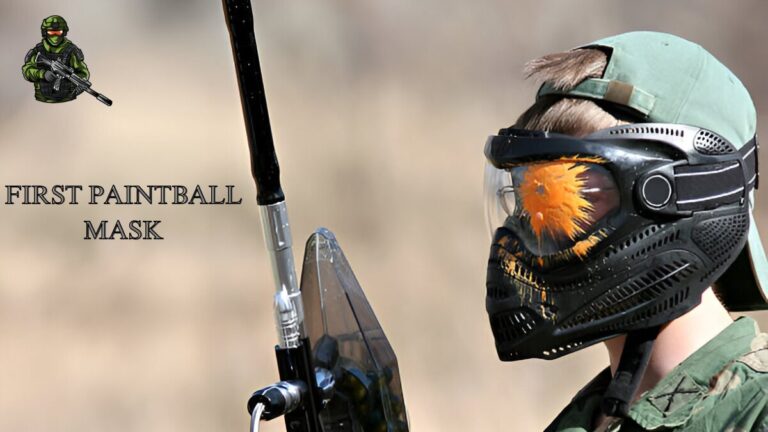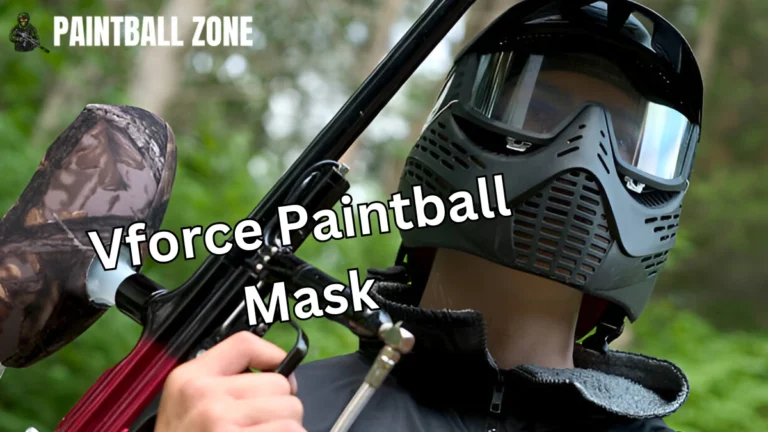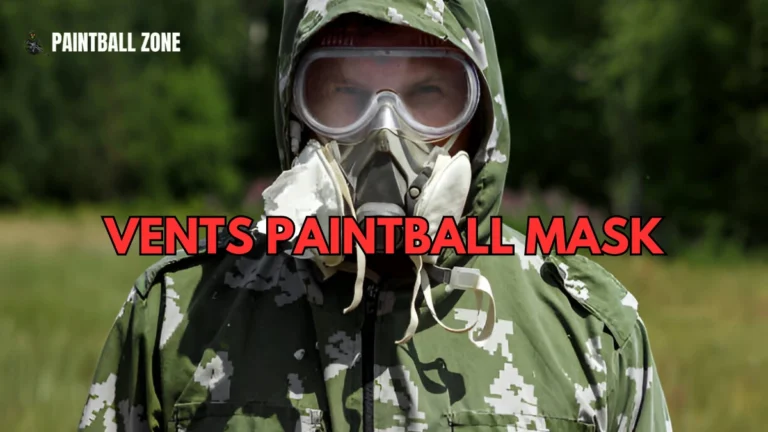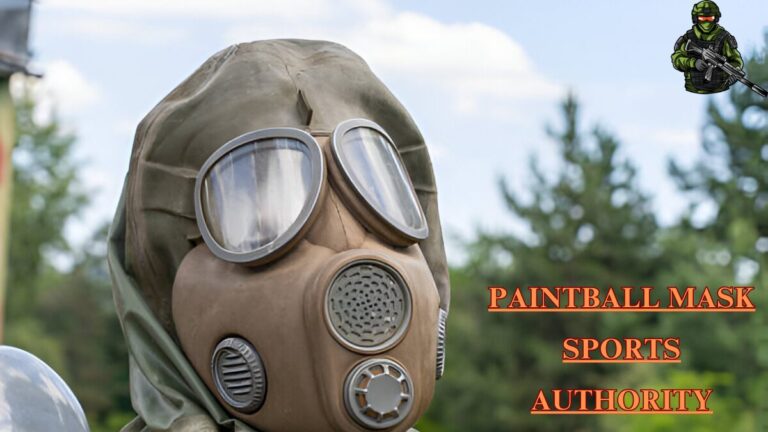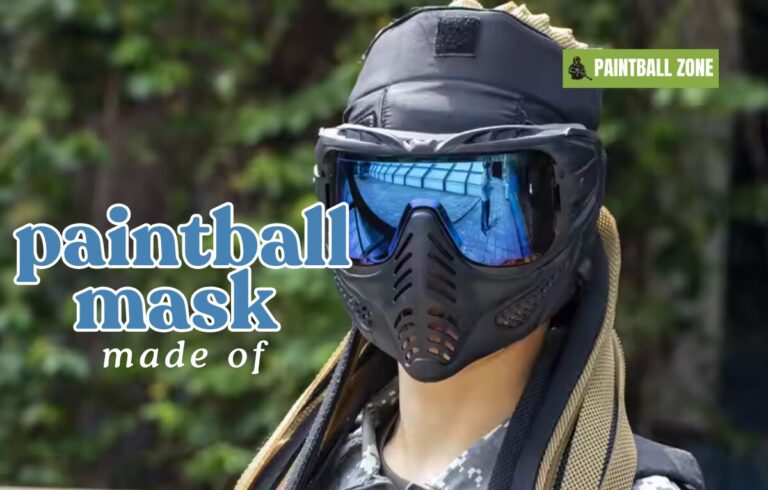The Ultimate Guide to Paintball Mask Foam Glue
Paintball masks are essential for safety and comfort during intense games. They protect your face and eyes from direct hits, ensuring you can play with confidence. However, like any gear that gets constant use, your mask will eventually show signs of wear. One of the first things that often need attention is the foam. Whether it’s peeling, tearing, or losing its cushioning effect, fixing the foam is crucial for maintaining comfort and performance. This is where paintball mask foam glue comes in. In this guide, we’ll explore the benefits of using foam glue, how to apply it, and how it can extend the life of your mask.
What is Paintball Mask Foam and Why Does It Matter?
The Importance of Foam in Paintball Masks
Paintball masks are built to protect you, but the foam inside them plays a crucial role in comfort and functionality. The foam serves as a cushion, reducing pressure against your face. It creates a snug fit, ensuring that the mask stays in place and provides an effective seal to prevent paintball splatters from getting inside.
The foam also absorbs sweat, which helps to keep you comfortable during long games. Without this cushioning, you could end up with chafing or discomfort, which can distract you from the game and affect your performance. As you can imagine, maintaining this foam is crucial to the mask’s overall effectiveness.
Types of Foam Used in Paintball Masks
Not all foam used in paintball masks is the same. There are two common types:
- Memory Foam: Memory foam molds to the shape of your face over time, providing a custom fit that enhances comfort. It’s soft and highly effective at providing a snug, secure fit.
- Polyurethane Foam: Polyurethane foam is firmer and more durable than memory foam, but it doesn’t adapt to your face’s shape as well. It’s a common choice for more affordable masks.
Both types of foam need proper care to last longer. If the foam in your mask becomes worn, it can cause discomfort and reduce the mask’s ability to protect you from paintballs.
When to Repair Paintball Mask Foam
Your paintball mask’s foam will likely start showing signs of wear after extended use. Some common signs that it’s time to repair or replace the foam include:
- Peeling or Cracking: When foam starts to peel or crack, it can no longer provide the same level of comfort or protection.
- Loss of Elasticity: Over time, foam can lose its elasticity, making the mask less secure on your face.
- Dirty or Stiff Foam: Foam that becomes excessively dirty or stiff can cause irritation and discomfort, particularly during long games.
When these issues arise, using paintball mask foam glue is a great way to extend the life of your mask without the need for a full replacement.
Understanding Paintball Mask Foam Glue
What Is Paintball Mask Foam Glue?
Paintball mask foam glue is a specialized adhesive designed for gluing foam to paintball masks. Unlike regular glue, it is formulated to be flexible, durable, and water-resistant, which is essential for withstanding the harsh conditions of a paintball field. It helps bond the foam securely without damaging either the foam or the mask material.
The glue used for foam repairs is easy to apply and dries quickly. Most importantly, it provides a strong bond that lasts, so your foam remains intact during high-impact games.
Why Regular Glue Doesn’t Work for Foam
Using standard adhesives like super glue or hot glue for paintball mask foam repairs is not recommended. Here’s why:
- Inflexibility: Regular glues don’t offer the flexibility needed for foam materials, which can lead to cracking or peeling over time.
- Damage to Materials: Some adhesives can damage the mask’s surface or foam, weakening the overall structure.
- Weak Bond: Regular glue may not hold up under the pressure and constant movement that paintball masks endure.
To avoid these issues, paintball-specific foam glue is your best bet.
How Paintball Mask Foam Glue Works
Paintball mask foam glue works by creating a strong, flexible bond between the foam and the mask. It’s designed to be resistant to the elements, such as sweat, moisture, and dirt, which can weaken ordinary adhesives. When applied correctly, the glue will hold the foam in place securely, allowing you to continue using your mask comfortably for longer.
When Do You Need Paintball Mask Foam Glue?
Signs Your Mask Foam Needs Repairing
Before you reach for the glue, it’s important to know when your mask foam truly needs fixing. Some key signs include:
- Visible Damage: Foam that is cracked, peeled, or torn is a clear indication that it needs repair.
- Loose Foam: If the foam begins to come away from the mask or shifts around while you wear it, it’s time to reattach it.
- Discomfort: If you’re feeling discomfort, irritation, or pain due to worn-out foam, it’s a good sign that the foam is no longer doing its job.
Addressing these issues promptly with foam glue can help you avoid further damage and keep your mask in working condition.
Common Reasons for Foam Damage
Several factors can contribute to the wear and tear of your mask foam, including:
- Prolonged Use: The more you use your mask, the more wear the foam will experience.
- Exposure to Sweat: Sweat is one of the leading causes of foam degradation, as moisture can break down the foam over time.
- Improper Storage: Storing your mask in direct sunlight or extreme conditions can cause the foam to become brittle.
By regularly checking your foam and using paintball mask foam glue when necessary, you can extend the lifespan of your mask and keep it comfortable.
Benefits of Using Paintball Mask Foam Glue
Using foam glue to repair your mask provides several advantages:
- Cost-Effective: Repairing foam with glue is more affordable than replacing the entire mask or foam.
- Convenient: You can fix the foam yourself, saving time and hassle.
- Durable: When applied correctly, the glue creates a long-lasting bond that can withstand heavy use and rough conditions.
In short, paintball mask foam glue is a simple, effective solution for keeping your mask in top condition.
How to Use Paintball Mask Foam Glue Effectively
Preparing Your Mask and Foam for Repair
Before applying the glue, it’s important to prepare both the mask and the foam:
- Clean the Surface: Ensure both the mask and the foam are clean. Wipe away any dirt, paint, or debris that could interfere with the bonding process.
- Trim the Foam: If necessary, trim the foam to fit the mask correctly. Use sharp scissors to make a clean cut.
- Dry the Surface: Make sure both surfaces are dry before applying the glue. Moisture can weaken the adhesive.
Proper preparation is key to ensuring a secure and long-lasting bond.
Applying Paintball Mask Foam Glue
Once your mask and foam are ready, follow these steps to apply the glue:
- Apply a Thin Layer: Using a brush or applicator, apply a thin, even layer of foam glue to the area where the foam will be attached.
- Press the Foam Into Place: Carefully position the foam and press it firmly into place. Ensure it fits snugly and aligns with the mask.
- Allow It to Dry: Let the glue cure for the recommended time. Most foam glues dry quickly, but it’s important to allow enough time for a secure bond.
Tips for Successful Repairs
- Don’t Overdo It: Apply the glue sparingly. Too much glue can create a mess and prevent proper bonding.
- Use Clamps: If necessary, use clamps or tape to hold the foam in place while the glue dries.
- Be Patient: Don’t rush the drying process. Allowing sufficient curing time will ensure the repair holds up during gameplay.
Types of Paintball Mask Foam Glue: Which One is Right for You?
Popular Paintball Mask Foam Glues
There are several paintball mask foam glues on the market, each offering its own unique benefits. Here are a few of the most popular options:
| Brand | Type of Glue | Drying Time | Features |
| Loctite | Gel Adhesive | 1-2 hours | Strong, flexible bond, waterproof |
| Gorilla Glue | Polyurethane | 2-4 hours | High-strength, moisture-resistant |
| Permatex | Adhesive Gel | 30 minutes | Works on foam and plastics, quick-drying |
How to Choose the Right Glue for Your Mask
When choosing foam glue, consider factors such as:
- Drying Time: Choose a glue that dries quickly enough for your repair but doesn’t rush the curing process.
- Strength: Look for a glue that provides a durable bond capable of withstanding the rigors of paintball play.
- Water Resistance: Since paintball masks often get sweaty or wet, a water-resistant adhesive is essential for long-lasting repairs.
Choosing the right glue ensures that your mask stays in good condition throughout many games.
What Makes a Good Paintball Mask Foam Glue?
A good foam glue should be flexible, strong, and resistant to moisture and dirt. Additionally, it should bond well with both the foam and the mask material. Make sure the glue you select is specifically designed for use with foam and plastics to avoid damaging your mask.
DIY vs. Professional Repair: When to Choose Which?
When to Use DIY Foam Glue Repairs
If you’re dealing with small repairs, DIY foam glue is an excellent solution. It’s affordable, easy to use, and can extend the life of your mask for a long time. If you’re confident in your ability to apply the glue correctly, this is a great option.
When to Seek Professional Help
For major repairs or if you’re unsure about the glue application, it’s best to seek professional help. Professionals can ensure that the repair is done correctly and safely, preventing any further damage to your mask.
Benefits of Professional Repair
- Expert Application: Professionals have the experience to ensure that the glue is applied properly.
- Long-Term Solutions: Professional repairs often last longer and offer a higher level of durability.
- Proper Tools: A professional has access to the tools and materials necessary for a perfect repair.
Maintaining Your Paintball Mask Foam for Longevity
Tips for Extending the Life of Your Foam
Proper care can significantly extend the lifespan of your paintball mask foam. Here are a few tips:
- Clean Regularly: Gently clean the foam with mild soap and water to remove sweat, dirt, and paint.
- Store Properly: Store your mask in a cool, dry place away from direct sunlight to prevent the foam from drying out or cracking.
- Inspect Regularly: Check your mask foam for any signs of wear and tear. Early detection of damage can save you from bigger repairs later on.
Proper Foam Care Techniques
- Use a soft cloth to clean the foam to prevent it from breaking down.
- Avoid using harsh chemicals that could degrade the foam.
- Keep the mask dry when not in use to avoid mildew or mold.
How to Safeguard Foam in Harsh Conditions
If you play in extreme weather conditions, such as high heat or humidity, consider applying a foam protector spray to help maintain the foam’s structure.
Common Mistakes to Avoid When Using Paintball Mask Foam Glue
Over-Application of Glue
Applying too much glue can create a mess and prevent the foam from bonding properly. Use just enough glue to create a thin, even layer.
Choosing the Wrong Glue
Using the wrong type of glue can cause damage to your mask. Always choose glue designed for foam and plastics to avoid causing irreversible damage.
Not Allowing Enough Drying Time
Patience is key. If you don’t allow the glue to fully dry, it may not hold properly during gameplay, leading to a failed repair.
Conclusion
Paintball mask foam glue is an essential tool for maintaining your gear and ensuring that your mask provides both comfort and protection throughout your games. Whether you’re fixing minor wear or conducting a more extensive repair, using the right glue and following the proper techniques can help extend the life of your mask. Regular maintenance and prompt repairs will ensure you get the most out of your equipment, keeping you comfortable and safe on the field.
FAQs
- What is the best paintball mask foam glue?
- Loctite Gel Adhesive and Gorilla Glue are popular choices for their strong, flexible bond.
- Can I use regular glue for my paintball mask foam?
- No, regular glue may damage the foam and mask. Use glue specifically designed for foam.
- How long does paintball mask foam glue take to dry?
- Drying times vary, but most glues dry within 30 minutes to a few hours.
- How do I prevent foam damage on my paintball mask?
- Regularly clean your foam, store your mask properly, and inspect it for wear and tear.
- Can I fix my mask foam myself?
- Yes, with the right tools and glue, you can easily fix your foam at home.
- How often should I replace my paintball mask foam?
- Foam should be replaced when it becomes uncomfortable, cracked, or torn.
- Will using paintball mask foam glue affect my mask’s performance?
- When applied correctly, foam glue should not affect the performance of your mask.
- What are the signs that my foam needs to be repaired?
- Peeling, cracking, or loss of elasticity are common signs that your foam needs repair.
- Can I use tape to fix paintball mask foam?
- While tape can be a temporary fix, foam glue is a more durable and reliable solution.
- How can I ensure my foam repair lasts?
- Clean the surfaces properly, apply the glue sparingly, and allow it to cure fully.

